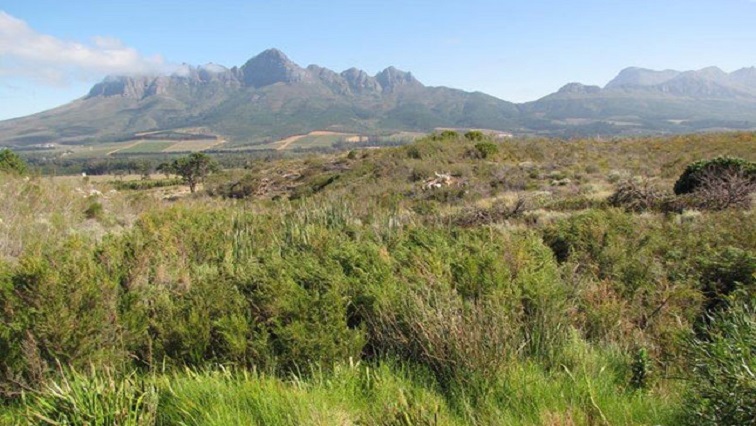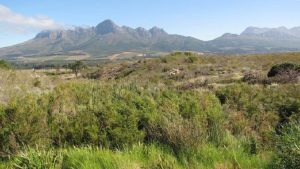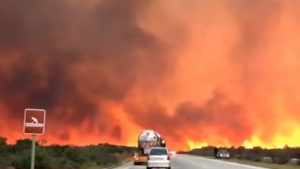A pioneering project to clear alien vegetation has uncovered rich tracts of critically endangered plants in the Western Cape. The project is spearheaded by the Vergelegen Wine Estate in Somerset West. It is believed to be the largest of its kind in the country after restoring over 2000 hectares of natural vegetation.
Scientists say alien invasive plant species are causing devastation to South Africa’s indigenous vegetation. Here at Vergelegen Wine Estate, more than 80% of the establishment was once invaded by Pine Trees, acacia and eucalyptus. A massive privately funded project to clear alien vegetation started in 2004 and is paying off.
Everywhere you look, the natural indigenous vegetation is returning, bringing with it an entire, previously lost ecosystem.
Click below to watch as efforts to restore natural vegetation in the Western Cape yield good results:
Leslie Naidoo, Risk and Commercial Manager at Vergelegen Wine Estate says that it’s always exciting to see new species coming back that we thought were extinct.
“Over the years we had absolutely no idea of what the seedbank actually looks like and it’s only after the aliens are cleared and fire has come through the property that we can determine what vegetation comes back. So in terms of a holistic approach to re-establish the ecosystem to get to that stage where you start to get your insects coming back that were indigenous to the area”.
The project has drawn interest from researchers, scientists and students. At least 279 plant species have been recorded, including 22 on the Red Data list. They include the critically endangered Swartland Shale Renosterveld.
Botanist Rupert Koopman from CapeNature explains that the Swartland Shale Renosterveld is important because it is a critically endangered vegetation type.
“There’s very little of it left and this is already on the southern border at the end of its distribution and as a result and its position in the valley here, it’s quite close to the ocean. You will have a different plant variety than you would have anywhere else so there is a different composition to the vegetation. A feature of the Swartland Renosterveld is the beautiful bulbs we see.”
Alien clearing is a labour intensive and time consuming exercise.
The Vergelegen project created an average of 137 jobs per annum over the full duration of the project.
Reggie Jantjies, Owner of Cynaroides Enviro Enterprise: “In 2017 we received our first contract with Vergelegen and we started working with 11 people of which were mostly women and when we finished the work we returned regularly for small jobs until 2018 in the month of May when we were given the 89 hectares of bush to clear. And that was a life changing experience for me because then we could increase our teams to 50 people and immediately the business grew.”
Once the alien invasive trees were removed, it unleashed water resources fed by the Hottentots Holland catchment area and 80 hectares of rehabilitated wetlands returned.
And with it critically endangered Lourensford Alluvium fynbos.
Koopman : “Just the variety of it we’ve seen from looking around, drocereas and mini bulbs, some Ericas and its like almost a dwarf paradise fynbos type vegetation. There is not much of it left and it is from my point of view very beautiful and there are a lot of special species associated with it.”
An ongoing maintenance programme will ensure that the re-emerging invasive aliens will be removed before seeds are produced.
As the fauna and flora return to the area, it brings with it a continuously changing landscape, coming alive slowly and restoring itself to its former natural glory.






